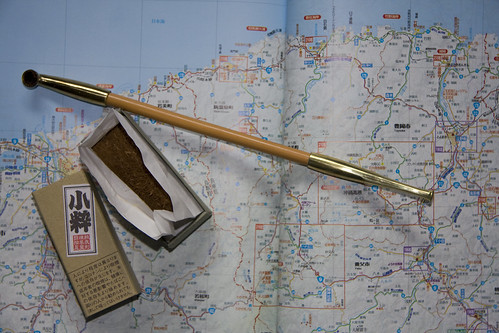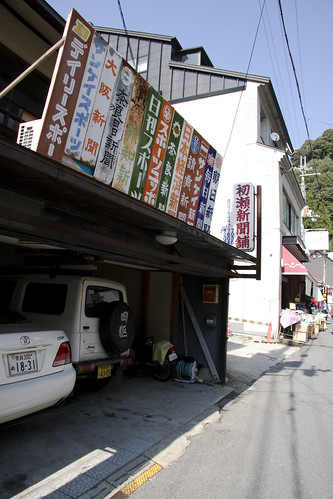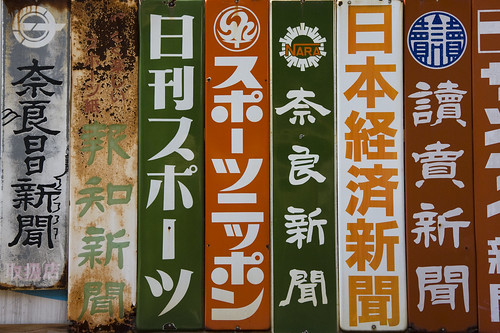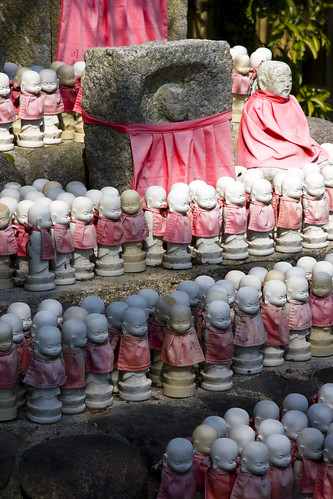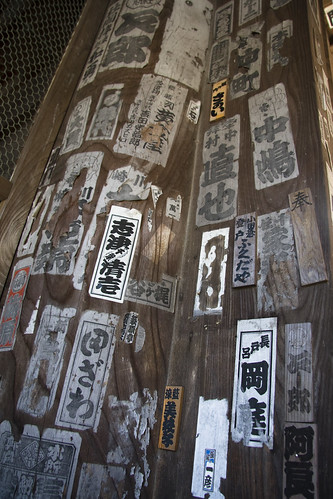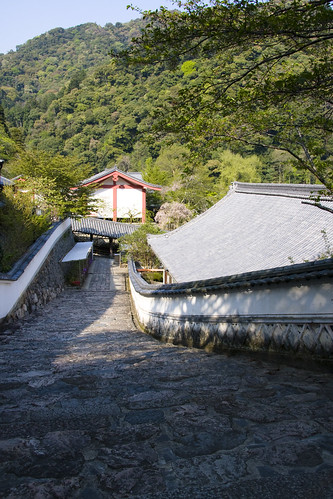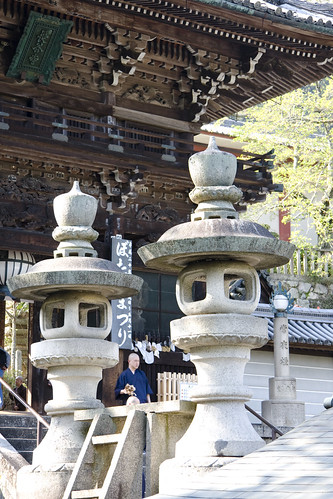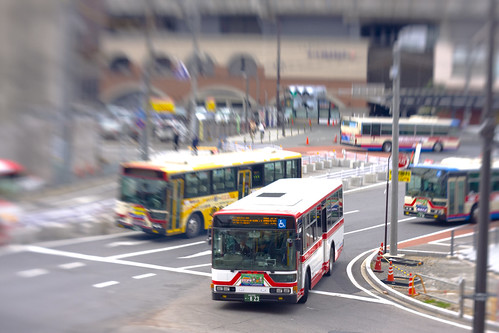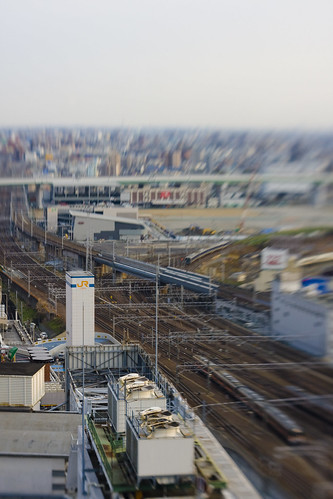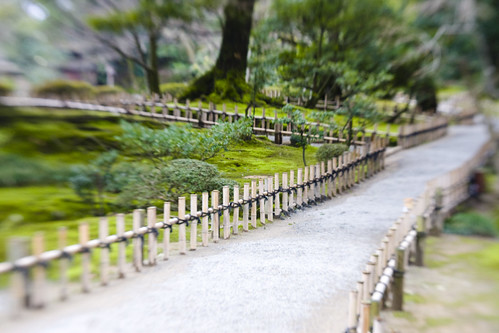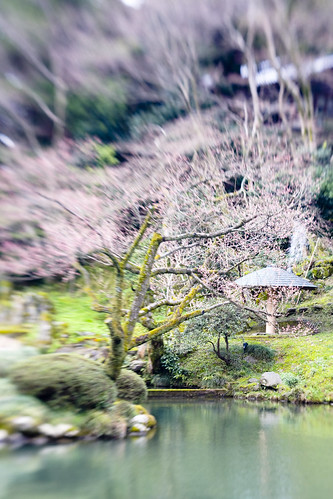Tuesday, April 29, 2008
Kiseru - きせる
I asked the shop's owner how to prepare the pipe and he said just brushing the inside with a pipe cleaner was all I needed to do. No soap or water needed. Guessing from past smoking experiences and other sources, I packed the bowl by wetting my fingers on my tongue then pinched out a bit of the tobacco and rolled it into a pea sized ball. Like a cigarette you inhale kiseru tobacco but not as deeply as you would a cigarette. Lighting and smoking must be done gently as if you suck too hard you might pull ash into your mouth. You also need to be careful of blowing back into the kiseru as the lit tobacco will pop out of the bowl quite easily. Although the first few tries are a bit awkward at best, getting to understand the method of smoking the kiseru becomes quite easy. It's also important to pay attention to how much is left in the bowl. Sucking in ash is quite degusting. The perfered method of emptying the bowl is to tap it firmly aginst your hand. I would guess that hitting it against an ashtray might damage the pipe fitting.
Besides the taste and the pleasant feeling you get from the tobacco I also like the kiseru because it takes time. The process of smoking becomes much more important. It's not so fast and easy as a cigarette. You cannot do this while driving or walking. It requires patience and time. In my busy rushed life I found the time it takes to pack and smoke the kiseru quite relaxing. It can be unnerving smoking the kiseru because everyone, Japanese and foreigners alike will look at you. I'm not sure if it has a bad image, but in a country of smokers this will really make you stand out.
This blog has a quite interesting write up about the kiseru along with the etymology of the word and a review of an online store that sells and ships kiseru world wide. The shops webpage in English, here, also has some links to some interesting videos about kiseru although all in Japanese.
Kiseru also has another meaning in Japanese. Kiserunori means cheating on train fare by buying the first and last parts of your journey and riding the longest most expensive part in the middle for free. This mimics the construction of the kiseru with gold, or metal, on each end with bamboo in the middle.
Happy smoking!
Monday, April 28, 2008
Newspapers - 新聞
Newspapers are distributed by local companies that cover a given neighborhood. In larger towns the bigger publishers' such as Asahi, Yomiuri, and Mainichi have distributers that only deal with their publications, delivering the newspapers on moped like bikes that you can see sputtering around at all times of the day. These distributers receive the papers from the printing plant add local flyers and advertisements then bundle them for the local markets and stores or deliver them to individual homes. My friend's family use to run a Yomiuri distribution center here in Nishinomiya. In rural areas, like Hase in Nara prefecture, one distributer will offer many different newspapers. The signboards above the shop advertise the newspapers available.
Sunday, April 27, 2008
Hasedera 長谷寺
Thursday, April 24, 2008
Sunday, April 20, 2008
Saturday, April 19, 2008
Thursday, April 17, 2008
Early Morning-Late Night Shake-up
 I'm use to earthquakes. I grew up with them in California. The one this morning at 1:00 AM or so was only 1-2 in my area, but it still shook me up. Maybe because I was half asleep, and maybe because I just watched this on Youtube.
I'm use to earthquakes. I grew up with them in California. The one this morning at 1:00 AM or so was only 1-2 in my area, but it still shook me up. Maybe because I was half asleep, and maybe because I just watched this on Youtube.
Wednesday, April 16, 2008
Broken Vending Machines
A tobacco vending machine, hastily painted over an unknown number of years ago, sits in front of the house that most likely use to maintain it. When does the the cost of disposal out weigh the visual cost on the landscape? This question assumes that an old, broken, sun bleached vending machine is a negative upon the landscape as a whole. What positives could this vending machine offer to the landscape? What cultural norms effect your viewing of this vending machine as neutral, positive or negative?
Sunday, April 06, 2008
Kenrokuen 兼六園
Kenrokuen is Kanazawa city’s biggest tourist attraction and rightly so. The garden truly put me into a trance. If the rain hadn’t startled me from that trance I might still be there wandering around the garden. That rain did however cast the garden in soft light that made it practically glow. Great for taking photos, but not to great for cameras. Besides the garden it was wonderful seeing so many foreign tourists walking around the park. While Japan continues to amaze me, I’ve become accustomed to living here over the last 3 years. I no longer have that sense of awe and wonder that comes from being in a new country and not understanding the language. Seeing the tourists made me a little jealous of their experience. Going there on your first trip to Japan must be even more mind blowing than my experience.
Thursday, April 03, 2008
Eki-ben and other eats.
Ekiben

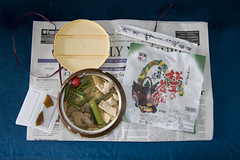
At Minoota station I changed trains and bought this ekiben (train station lunch box) from a man on the platform for ¥950. I'm not the biggest mushroom fan but this bento was great. I love bamboo shoots and the pickle was made from persimmion I believe. The grandpa I bought it from kept asking me "Rice, OK?" using the Japanese/English word "raisu" instead of gohan. I was trying to ask him what was in the bowl when he questioned me about my stomachs ability to handle foreign starches, but I gave up told him, "Of course, I can eat rice." Every once and a while where you get the can you eat rice question. Some people get mad at this stuff. I feel he was looking out for me. What if I really couldn't eat the bento? Now of course the reason for his concern was completely wrong, but I didn't have the time or the need to correct him. In the end I got a good bento and a wonderful seat on the train for the trip up the mountain to Takayama.
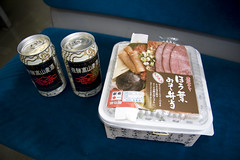
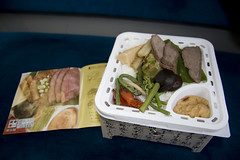
Best Ekiben. Ever. Miso. Takenoko (bamboo shoots). Mushrooms. Beef. Sweet Plum. Tofu. All in a self heating box. Oh, and micro-brew beer to go with it. Could anything be better. Yes! As I ate it I had a whole booth for me. Four seats. Could it get better than that? Yes! The view as I ate this bento was absurdly beautiful. Deep blue water. Snow still on the ground. Amazing. I found this one at Takayama station.
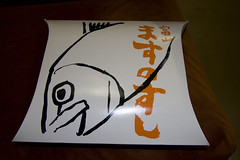
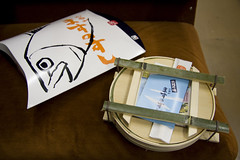

Toyama is famous for this type of pushed, compressed, sushi. It is thought to be the predecessor to the sushi we commonly think of. I've had a different version in Nara where they have thumb sized pieces wrapped in the leaves of a persimmon tree. This was also quite good and the package was made from real wood and bamboo! I got the salmon version but they had others. This wasn't the best ekiben I've ever had, but quite good none-the-less. I got this one at Toyama station, but I saw it at Kanazawa station also.
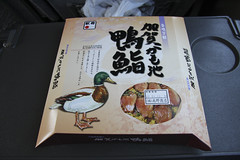
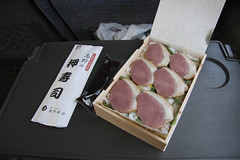
The last ekiben of my trip was this duck sushi. This one was pretty good. I wish I didn't put all of the sweet sauce on the top, it turned out to be too strong.
Ekiben is one of the best reasons to travel by train. It's not hard to find them, but if you can't find them it doesn't hurt to ask. Ekiben ga arimasuka? Some stations don't have them. Gifu station for example doesn't have an ekiben. They are sold in the station on both sides of the turnstiles normally. Prices range from ¥500 to ¥1,500.
Other food.
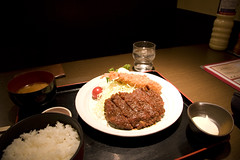
I had misokatsu in Nagoya Station. Very good

I had kaisendonburi (seafood rice bowl) in Kanazawa.
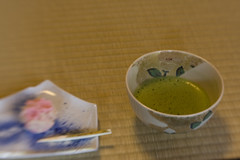
Maccha green tea with manjyu in Kenrokuen, Kanazawa.
